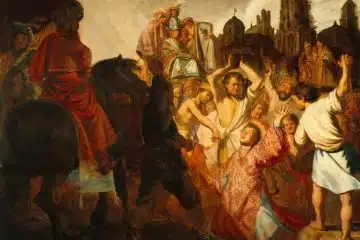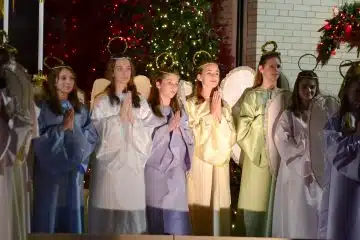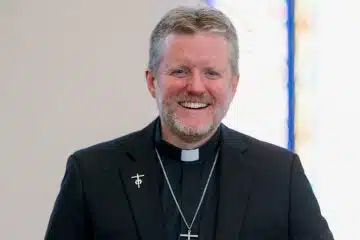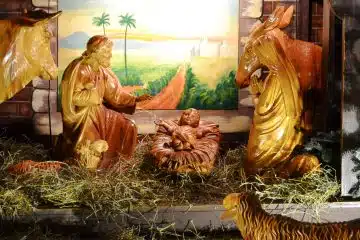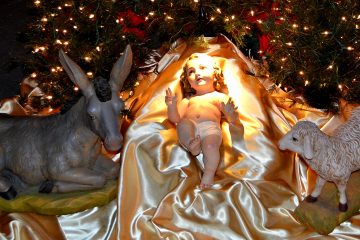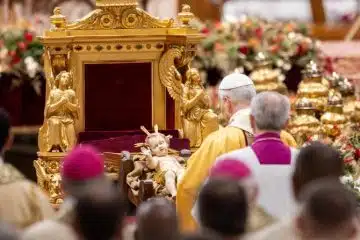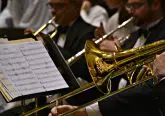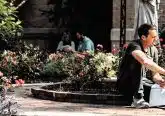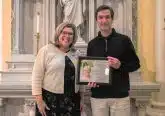Sacred Music Hits the Right Notes in Cincinnati
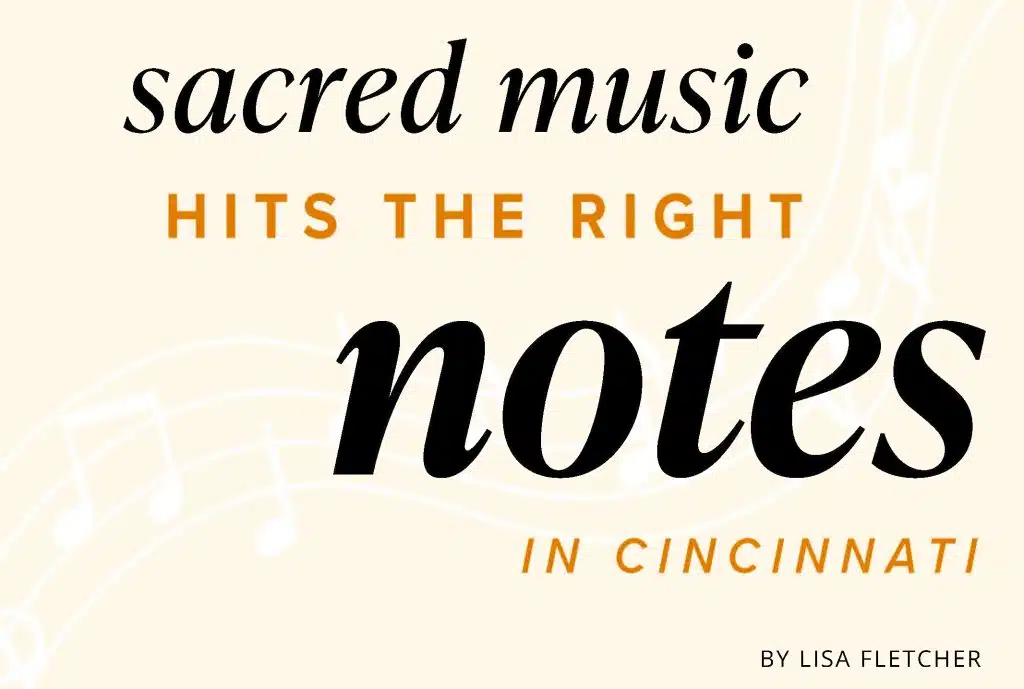
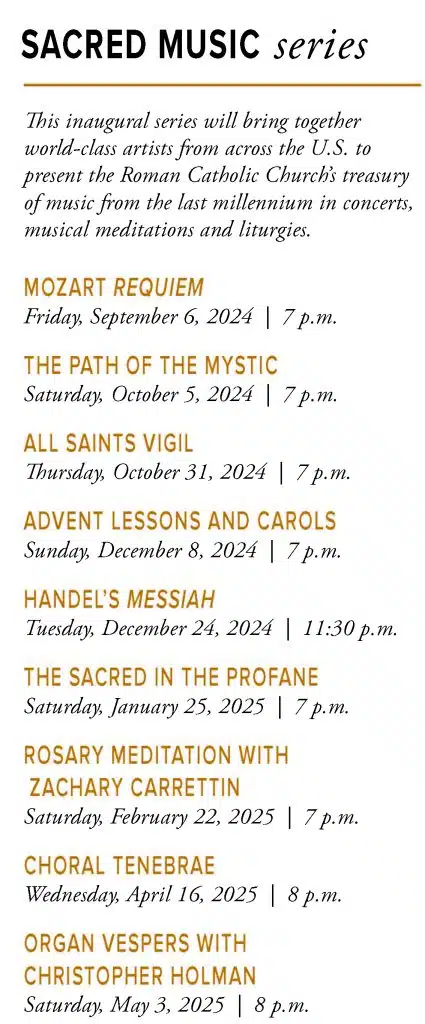 The Catholic Church’s great tradition of sacred music can be found right here in the Archdiocese of Cincinnati. From well-known favorites like Mozart’s Requiem and Handel’s Messiah, to lesser-known Peruvian baroque and plainchant by 14th-century nuns, the St. Gertrude Sacred Music Series is sure to amaze its listeners.
The Catholic Church’s great tradition of sacred music can be found right here in the Archdiocese of Cincinnati. From well-known favorites like Mozart’s Requiem and Handel’s Messiah, to lesser-known Peruvian baroque and plainchant by 14th-century nuns, the St. Gertrude Sacred Music Series is sure to amaze its listeners.
“You will not hear music like this anywhere else in the Midwest,” said Dr. Christopher Holman, Director of Music at St. Gertrude. “The caliber of St. Gertrude’s musicians are really world class.”
The monthly music series begins Sept. 6 and features a different style of sacred music each month, many following the liturgical calendar. Most artists featured in the series sing at weekly Masses at St. Gertrude, said Dr. Holman, who has led music at the parish for two years.
“Our artists work incredibly hard to present the Church’s treasury of sacred music at a very high standard,” he said. “Each group has a certain genre they sing really well, which is what they’ll present in the series.”
Violinist Zachary Carrettin is a major guest artist who will perform as concertmaster in the Mozart Requiem in September and the Rosary Meditation in February. “Zachary is one of the most incredible violinists alive,” he said. “I’ve never met anyone anywhere whose playing of the modern, baroque and electric violin is so accomplished and just utterly compelling.”
“We have a 2,000 year history of beautiful music in the Church, but many people, and I include myself in this group … never experienced much of this history,” said St. Gertrude Pastor, Father John Paul Walker, O.P.
Music has been a key component in the worship of God going back to the beginning of Judaism. “We see this right at the heart of the Old Testament— the psalms were never meant to be spoken, they were all songs that were used to sing the praises of God,” Father Walker said. “As Christians, we inherited this tradition, and so, music has been a part of Christianity from the very beginning.”
In addition to exposing others to the music, Father Walker hopes that some non-Catholics attend the series and begin to ask if a religion that produces this beauty might be something they want to be a part of. “If it plants a seed and gets people asking that question, that would be a wonderful thing.”
Father Walker believes that investing in an amazing music director is crucial, and Dr. Holman, with a doctorate from Oxford University in England and experience performing music throughout Europe, has been the perfect fit. “His excitement for music is infectious,” Father Walker said. “It has drawn many of our parishioners to want to join the parish choir.”
St. Gertrude has seven choirs in total, including The Capella, the professional choir of eight to 16 performers who sing at major weekday Masses, monthly liturgies and will sing in the music series. The Parish Choir includes 20 volunteers and eight professional singers who lead music at the 10 a.m. Sunday liturgy.
Dr. Holman said there is also a unique choir called the Schola Cantorum with a dozen school-aged children who sing at the noon Sunday Mass. The children train five hours a week and sing the soprano line, while six professional singers and three high school choral scholars cover the alto, tenor and bass. There are also choirs for high school students, Dominican novice brothers, a contemporary ensemble for 6 p.m. Sunday Mass and a 30-piece women’s ensemble that sings for funeral liturgies.
In his first two years at St. Gertrude, Dr. Holman focused his efforts almost entirely inward, to increase the choirs’ confidence, numbers and performance standard. “We’ve now seen the fruits of this work, and the time has come to share the extraordinary music we’re doing with the wider community, and hopefully welcome those who would never otherwise set foot in a Catholic church,” he said.
“The Sacred Music Series is our way of sharing what our tremendous musicians do and learn here with the wider community, and also to show Catholic musicians everywhere that the Church’s great tradition of sacred music isn’t something that’s only possible in major cathedrals and basilicas,” he concluded.
This article appeared in the September 2024 edition of The Catholic Telegraph Magazine. For your complimentary subscription, click here.


